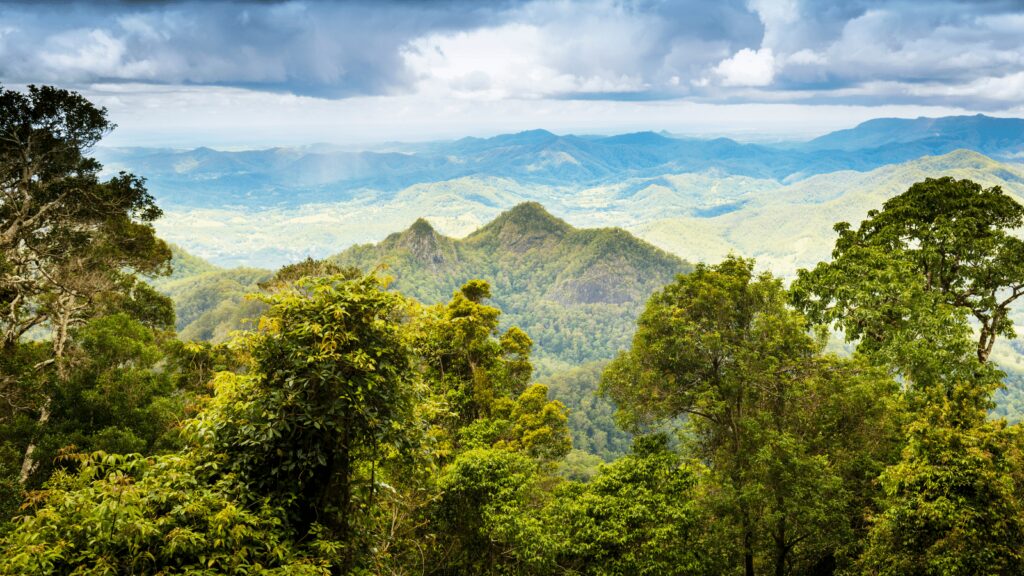As atmospheric carbon dioxide levels reach heights unseen in millions of years, this study underscores the complex interplay between plant life and climate change. New research shows, rising temperatures threaten trees’ carbon sequestration ability.
In a startling revelation that challenges long-held assumptions about nature’s capacity to mitigate climate change, a new study suggests that trees are struggling to absorb carbon dioxide in increasingly warm and dry conditions. This finding, published in the Proceedings of the National Academy of Sciences, indicates that forests may become less effective at offsetting human carbon emissions as global temperatures continue to rise.
RELEVANT SUSTAINABLE GOALS


Alarming Reality
Led by Max Lloyd, an assistant research professor of geosciences at Penn State, the study reveals a concerning trend: trees in warmer, drier climates are “essentially coughing instead of breathing,” releasing CO2 back into the atmosphere at higher rates than their counterparts in cooler, wetter environments.
The research team’s analysis of a global dataset of tree tissue demonstrates that photorespiration – the process by which trees release CO2 – occurs at up to twice the rate in warmer climates, particularly when water is scarce. The tipping point appears to be when average daytime temperatures exceed approximately 68 degrees Fahrenheit, with the effect worsening as temperatures climb higher.
This discovery complicates the widely held belief that plants will continue to serve as a robust carbon sink as the climate warms. Currently, plants absorb an estimated 25% of CO2 emitted by human activities annually, according to the U.S. Department of Energy. However, Lloyd warns that this percentage is likely to decrease in the future, especially if water becomes scarcer.
New Method Reveals Trees’ Role in CO2 Sequestration
The study employed an innovative method to measure photorespiration rates using wood samples, allowing researchers to study carbon drawdown at scale and in past climates. By analyzing isotopes in methoxyl groups of wood specimens from various global climates, the team was able to trace photorespiration trends.
This breakthrough opens new avenues for research, potentially allowing scientists to predict trees’ carbon absorption capabilities in future climates and to study how they fared in past environments. The team plans to extend their research to ancient climates by examining fossilized wood, which could provide insights into how plant photorespiration influenced climate over geological time scales.
“This breakthrough in methodology allows us to look into the past and predict how trees might respond to future climates,” Lloyd explained. The study marks a significant advance, as previous assessments of photorespiration were limited to living plants or well-preserved specimens. Now, using wood, researchers can not only predict future tree behavior but also delve into historical data.
Unearthing Climate Secrets
This study challenges conventional wisdom regarding trees’ role in carbon sequestration, particularly in warmer, drier climates. The findings suggest that trees in such environments contribute less to carbon storage than previously thought, complicating their assumed role as natural carbon sinks.
This shift in perspective, driven by innovative methods for analyzing photorespiration, emphasizes the need to reassess our strategies for combating global warming. As the climate continues to change, this research underscores the importance of a nuanced approach to understanding the complex relationship between plants and the atmosphere, guiding future efforts toward more effective climate action.
You may also be interested in :
The New Coastal Carbon Library Is Revolutionizing Climate Action




